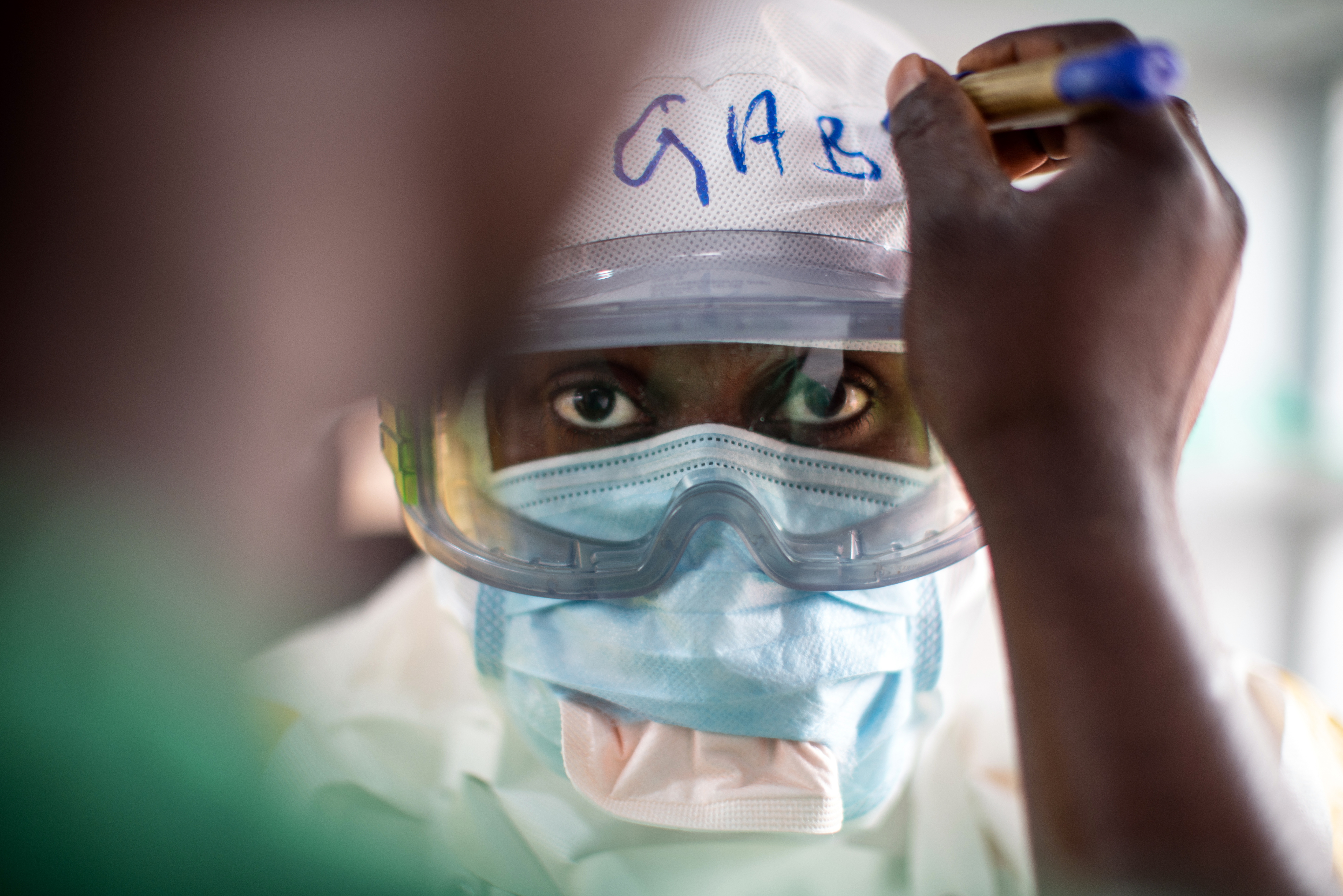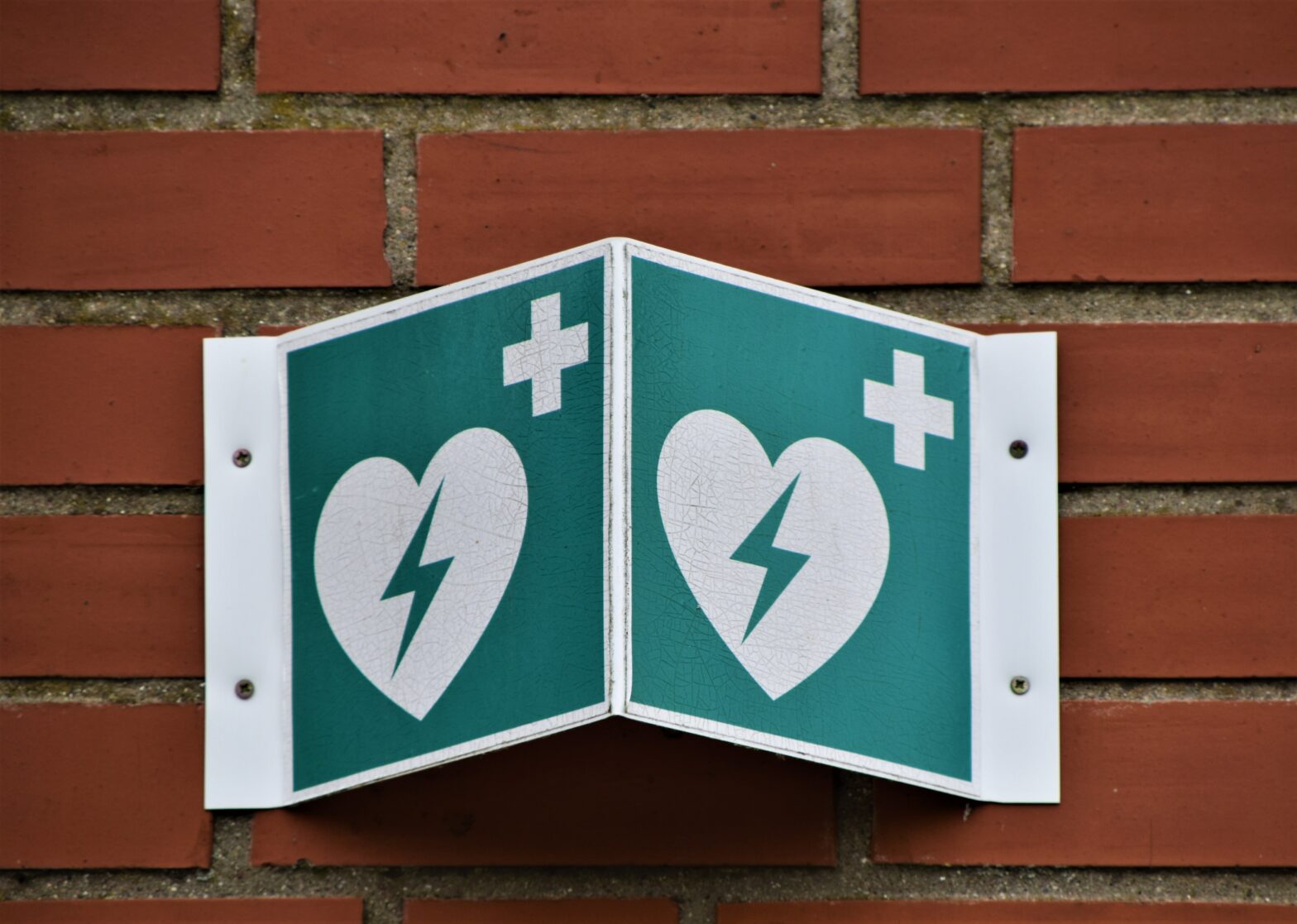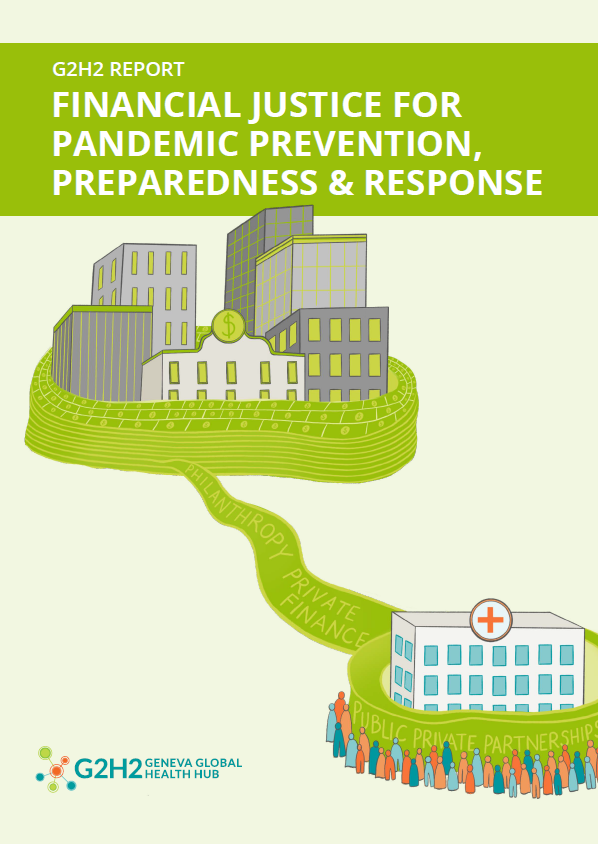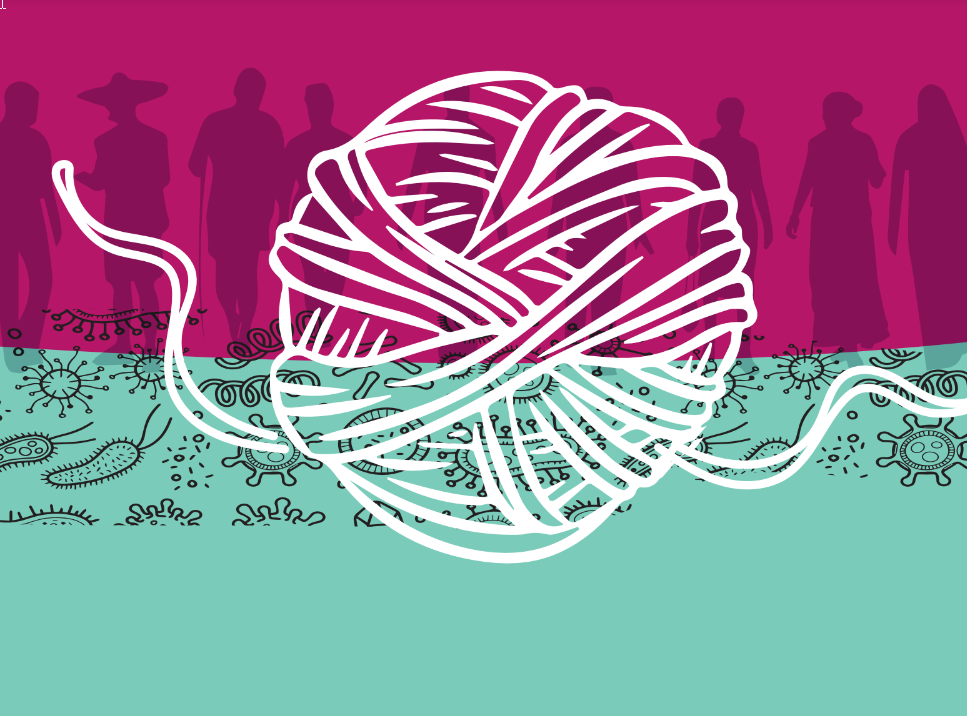Share Twitter Facebook Email Copy URL
When the financial sector thrives on disease
Financial institutions and the infrastructures of financial intermediation are the protagonists of today’s economic order and now also play a central role in the health sector. The process of escorting global health into mounting dependence on financial markets is sometimes described as ‘financialisation’[i], a trend that has been touted by alliances of multilateral institutions, governments and owners of equity investment funds under the pretext of the Sustainable Development Goals (SDG) agenda and the Universal Health Coverage (UHC) prescriptions. The stimulus to private financial capital into the healthcare sector has quite a history, and a breakthrough precedent. It stems from the World Bank’s 1993 Report Investing in Health[ii]: the document that paved the way to the reforms that conferred an ever-increasing importance to generating markets and cash income in the healthcare sector[iii], literally transforming the overall landscape of policy-making in health.

As the globalized financial industry continued to evolve, in the last two decades new forms of humanitarian support and global health financing have been leveraged. Innovative forms of financing are increasingly supplanting traditional intergovernmental arrangements for global cooperation and international development assistance – imperfect as they may be. These prioritize the presence of private capitals and the expansion of healthcare models that extract revenues from situations of vulnerability. Some economists contend that such new financial approaches embody creative models of global cooperation that will benefit millions[iv], and philanthrocapitalists for their part wildly support them as necessary to motivate wealthy individuals to fix global health problems[v]. To confirm the euphoria for financialization that has staringly captured international development circles, the World Health Organization (WHO) declares that innovative financing “aims to improve the efficiency of available resources” and “supplement domestic availability”[vi]. The belief is that recourse to private money is the inevitable strategy if the world is to catch up with the estimated US$2.5 trillion annual gap needed to achieve the SDGs – a gap seen as beyond the reach of public funding[vii], as aid volumes for the SDGs continued to fall dramatically short of targets even before COVID-19 arrived.
With the periodic recurrence of zoonotic events since SARS in 2002, the championing of diseases into investor-friendly asset classes has gained new strength. More and more health bonds have become attractive financing instruments after the Global Alliance for Vaccine Immunization (GAVI) pioneered its vaccines bonds through the International Finance Facility for Immunization (IFFIm) in 2006[viii]. The IFFIm design smartly materializes the epistemic acceleration and deepening of the “financialization-development nexus”[ix]. Mainstream development thinkers have seen the push for financial sector engagement in the poorest countries as a desirable state of affairs, regardless of how market profits and speculation are used to make money through human health crises. Meanwhile, a plethora of new mechanisms and financial arrangements have emerged to incentivize the mobilization of new funds – social impact bonds (SIBs), advance market commitments (AMCs), investment funds, front-loading, debt-swaps, levies[x].
The spillovers of recent years have induced the World Bank to work on market-driven pandemic response financing a lot. In July 2016 the World Bank spearheaded the Pandemic Emergency Facility (PEF), a scheme designed like insurance to help the world’s poorest countries deal with large-scale, cross-border disease outbreaks. It was first tested for the Ebola crisis. PEF works like classical disaster bonds, which have been around for several years[xi], but has been heavily criticised since its introduction, allowing investors to make a lot of money from Ebola at the expense of the affected countries [xii] [xiii]. The model aimed to pool and advance money from investors willing to buy Ebola bonds, while encouraging or helping poor countries to buy a pandemic insurance. The major shortcomings diagnosed in the Ebola scheme – the slow pace and the stringent conditions that must occur simultaneously for the insurance to be triggered[xiv] – have remained in the PEF’s deployment to manage the COVID 19 pandemic in May 2020. By the time the PEF paid out its pledged amount for the COVID-19[xv], the virus had already rooted its presence in most countries[xvi]. Moreover, the PEF did not disburse a lot of money relative to the premiums: US$ 196 million for the pandemic, while donors paid US$ 115 million for the three years of coverage[xvii]. Therefore, under the impact of COVID-19, the World Bank has put the PEF on hold (after the pandemic bonds and swaps matured in July 2020) to establish another scheme: the new US$ 500 million Multi-Donor Trust Fund[xviii]. This fund is designed to better address the urgency of the global health security agenda and the need to help developing countries better prepare for disease outbreaks.

However, the commodification of disease – alongside natural disasters – continues to thrive even in the midst of the pandemic crisis. The global vaccine distribution architecture set in place by the multistakeholder group COVAX to handle financing for the purchase of COVID-19 vaccines[xix], not only embodies the latest blow to multilateralism in health, but is designed more like a merchant bank, experts say. This is forging, with funding largely provided by governments, the new landscape of the global vaccine preparation industry and the southern vaccine consumer market [xx], based on the rather controversial pre-market commitment system used in the past to incentivise vaccine research and development [xxi]. The real goal of the project, originally developed at the Bill and Melinda Gates Foundation in Seattle, is to test an approach to bring COVID-19 vaccines to communities and people in the Global South without disrupting the global pharmaceutical market and circumventing the feudal patent system of the vaccine production oligopoly.
Which comfortably leads us to another successful financialisation strategy in health and disease: buying up patents in life science, a process that is in full swing. Philanthropic foundations have long joined forces with private pharmaceutical companies with the unchallenged pretext to “take on some of the humanity’s toughest problems through the power of invention by drawing resources normally reserved for commercial pursuits in the developed world”[xxii]. Indeed, intellectual property rights are among the most valuable financial assets in today’s global knowledge economy, and the monopolisation of patents has implications that can go far beyond finance, as we can clearly see from the pandemic inequalities in access.
While the right to health is constantly being reshaped to play an ancillary role to financial markets, the global health community must finally broaden its field of vision beyond the disease focus. This is the only way to better address the speculative dynamics of finance that are spreading in the health sector with little promise of sustainability. We urgently need a global, organised response to move away from the public-private funding model and ensure that the benefits of public investment remain in public hands and under societal control, especially as we enter a new pandemic era.
[i] “Financialization” refers to “the increasing role of financial motives, financial markets, financial actors and financial institutions in the operation of the domestic and international economies”. Cfr. Epstein G.A. (Ed), “Introduction: Financialization and the World Economy”, Financialization and the World Economy, Cheltenham: Edward Elgar Publishing Ltd, 2006, pp. 3-16.
[ii] https://openknowledge.worldbank.org/handle/10986/5976.
[iii] Mackintosh, M. and Koivusalo, M. (2005): Commercialization of Health Care: Global and Lovcal Dynamics and Policy Response. Basingstoke: Palgrave Macmillan.
[iv] Collier P. (2013), “Aid as a Catalyst for Pioneer Investment”, WIDER, Working Paper No. 2013/004, Oxford: UNU WIDER, https://www.wider.unu.edu/sites/default/files/wp2013-004.pdf.
[v] Sedalia S. (2019), “Opinion: Unlocking private capital to achieve ‘Health for All ‘“, Devex, 15th July 2019, https://www.devex.com/news/opinion-unlocking-private-capital-to-achieve-health-for-all-95212.
[vi] World Health Organization, Innovative International Financing for Health, WHO, Geneva, 2010.
[vii] Hunter B. and Murray S., (2019), “Deconstructing the Financialization of Healthcare”, Development and Change 0(0): 1–25. DOI: 10.1111/dech.12517, p. 1
[viii] https://www.gavi.org/investing-gavi/innovative-financing/iffim.
[ix] Mawdsley E. (2018), “Development Geography II: Financialization”, Progress in Human Geography, Vol. 42 (2), 264-274, 2018, p. 265. https://journals.sagepub.com/doi/pdf/10.1177/0309132516678747.
[x] Atun R. Silva S. Knaul F.M. (2017), “Innovative financing instruments for global health 2002-2015: a systematic analysis”, The Lancet Global Health, 2017; 5:e720-726.
[xi] “Catastrophe bonds” are a way to transfer risk, often for natural disasters. Investors buy a high-yield bond issued by an insurance company. In the case of a specific qualifying catastrophic event taking place, for example claims from a natural disaster that exceed a certain amount (an “indemnity trigger”), the bond holders forfeit the capital of the bond, which goes to the insurer to help defray expenses. Catastrophe bonds are high-risk investments, which explains the high interest rates they pay to investors for compensating that risk.
[xii] Jonas O., “Pandemic bonds: designed to fail in Ebola”, in Nature, 13 August 2019, https://www.nature.com/articles/d41586-019-02415-9.
[xiii] https://www.lse.ac.uk/News/Latest-news-from-LSE/2019/j-October-2019/World-Bank-pandemic-financing-scheme-serves-private-sector-interests-over-global-health-security-new-LSE-analysis-suggests
[xiv] Meenan C., “The future of pandemic financing: Trigger design and 2020 hindsight”, Centre for Disaster Protection COVID-19 Blog Series, 19th May 2020, https://www.disasterprotection.org/latest-news/the-future-of-pandemic-financing-trigger-design-and-2020-hindsight
[xv] https://www.worldbank.org/en/news/press-release/2020/04/27/pef-allocates-us195-million-to-more-than-60-low-income-countries-to-fight-covid-19.
[xvi] https://www.who.int/docs/default-source/coronaviruse/situation-reports/20200427-sitrep-98-covid-19.pdf
[xvii] Clarke D. (2020), “Opinion: Now is not the time for the World Bank to step back on pandemic financing”, Devex, 4th August 2020, https://www.devex.com/news/opinion-now-is-not-the-time-for-the-world-bank-to-step-back-on-pandemic-financing-97837
[xviii] https://www.worldbank.org/en/news/statement/2020/04/15/world-bank-group-to-launch-new-multi-donor-trust-fund-to-help-countries-prepare-for-disease-outbreaks
[xix] https://www.who.int/initiatives/act-accelerator/covax
[xx] Gleckman H. (2021), “COVAX: A global multistakolder group that poses political and health risks to developing countries and multilateralism”, TNI Longreads, Transnational Institute, 1 April 2021, https://longreads.tni.org/covax.
[xxi] https://msfaccess.org/analysis-and-critique-advance-market-commitment-amc-pneumococcal-conjugate-vaccines
[xxii] https://www.intellectualventures.com/buzz/insights/news-you-can-use-from-invention-to-innovation
Nicoletta Dentico is a journalist and a senior policy analyst in global health and development. After directing Médecins Sans Frontières (MSF) in Italy, she played an active role in the MSF campaign on Access to Essential Medicines. She worked as consultant of the World Health Organization and she currently leads the global health programme for the Society for International Development (SID).



